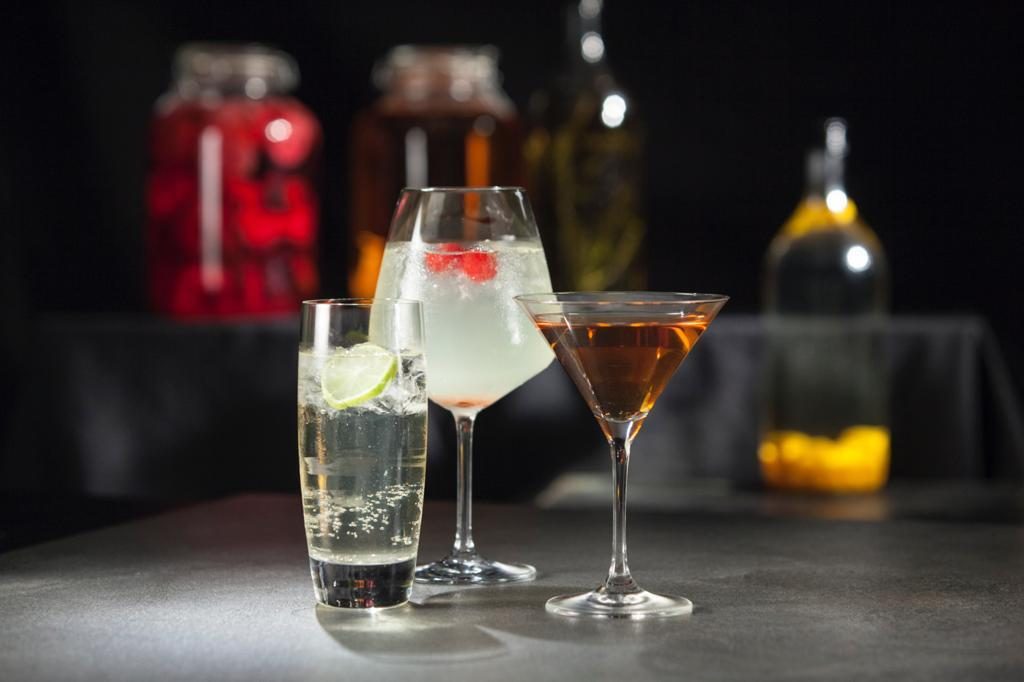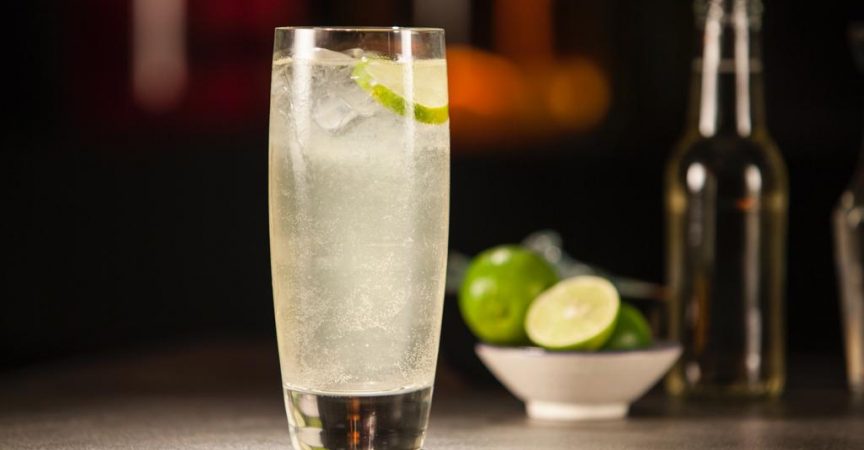Pisco Paradise: Deep dive into’s Peru’s quintessential spirit
Whether you’ve travelled to Peru yourself or have been regaled with tales from friends or family who’ve been there, the stories and experiences are often attributed to jungle-inspired escapades, rewarding cultural engagements and of course — delicious culinary journies.
Peru is a food enthusiast’s ideal destination, and there’s no more quintessential Peruvian flavour than pisco; a brandy produced in winemaking regions of Peru made by distilling fermented grape juice into a high-proof spirit.
Peruvian mixologist Gregory Smith joined us at RC Show 2021 ONLINE LIVE “Pisco Paradise: Crafting Pisco Riffs & the Classic Sour from Peru” panel at the RC Show 2021, where he shared his expert tips for creating the perfect pisco sour, as well as recipes for Canadian-Peruvian fusion cocktails. Now, we’re diving into the world of pisco to gather more information on how it’s developed, including the detailed process involved in bringing this Peruvian staple to life.
As
we touched on, pisco is Peruvian brandy distilled from grape juice, when
distilled at high temperatures, it is not modified or transformed by cooling. The
development of pisco consists of three processes. The first step is harvesting,
which includes pressing and obtaining the ‘must’ (grape juice). Second is the
fermentation process, which involves decomposing the sugars contained within
the hot ‘must’ to create alcohol and carbon dioxide. Distillation is the last
process, carried out in a discontinuous falca or alembic. It takes around seven
kilos of grapes to make one 750cl bottle. However, a Pisco Mosto Verde requires
twice as many grapes for the preferred result.

In Peru there are eight types of pisco grapes grouped under two categories: aromatic (Italia, Moscatel, Torontel and Albilla; and non-aromatic (Quebranta, Negra Criolla, Mollar and Uvina). The Quebranta grape is a genetic mutation of the grape. Still, the Negra Criolla is considered a Peruvian grape. It’s provided in such a large quantity that the branch “breaks.” All eight of these grape varieties determine the types of pisco.
The 3 most common types of pisco
- Pure Pisco – distilled from a single variety of grape, either aromatic or non-aromatic.
- Pisco Acholado – distilled from two or more varieties of grapes, aromatic and non-aromatic.
- Pisco Mosto Verde – distilled from imperfectly fermented fresh musts before all the sugar has been converted to alcohol.
Optimal soil and climate conditions are required to produce the ideal grape for pisco. Pisco vineyard growth is concentrated in the valleys that begin in the south of the Lima Region and end in the Tacna Region. The composition of the terrain and the valleys’ adequate temperature allows the grapes to grow vigorous and lavish, with the necessary degree of sugar to obtain good pisco.
Pisco is different from brandy because it is made from
aromatic and non-aromatic grapes (spirits only use aromatic grapes). It comes
from the distillation of recently formed fresh broths or musts. It’s
recommended that you use an industrial grape press, distilled in discontinuous
stills, not rectified.

Another character of pisco is that the “head” and the “tail” are discarded in the distillation. During this process, it is not rectified or treated with artificial compounds or water. When it is distilled, its alcoholic value is high, and it is naturally allowed to decrease to the desired value.
Pisco is left to rest for three to six months in tanks and does not need to be clarified with egg white or aged in oak. The alcoholic graduation is between 38 and 48 degrees, with an average of 42 degrees.
The pisco in gastronomy
Due to its distinct Peruvian character, pisco has contributed to characterize many salty and sweet dishes of the varied and famous Peruvian cuisine such as “Lomo Saltado,” “Conchitas a la Parmesana,” “Pavo al Horno,” “Alfajores,” “Biscuits,” etc.
In the kitchen, it is used to marinate, flambé or add
flavour to meal preparation. Many who have immigrated to Peru from other
cultural backgrounds and cuisine types have embraced pisco as a necessary
ingredient in several of their dishes. A popular option is replacing rice wine
with pisco.

Hungry for more pisco knowledge?
Learn more about Peruvian cuisine in the latest issue of MENU Mag or watch the replay of the RC Show 2021 using RC ON DEMAND. Simply login using your RC Show credentials at onlinelive.rcshow.com and find the “Pisco Paradise: Crafting Pisco Riffs & the Classic Sour from Peru” panel on the Bar & Beverage Stage.
If you weren’t able to join us for RC Show 2021, head over the rcshow.com and register for RC ON DEMAND to get access to the full library of content.









